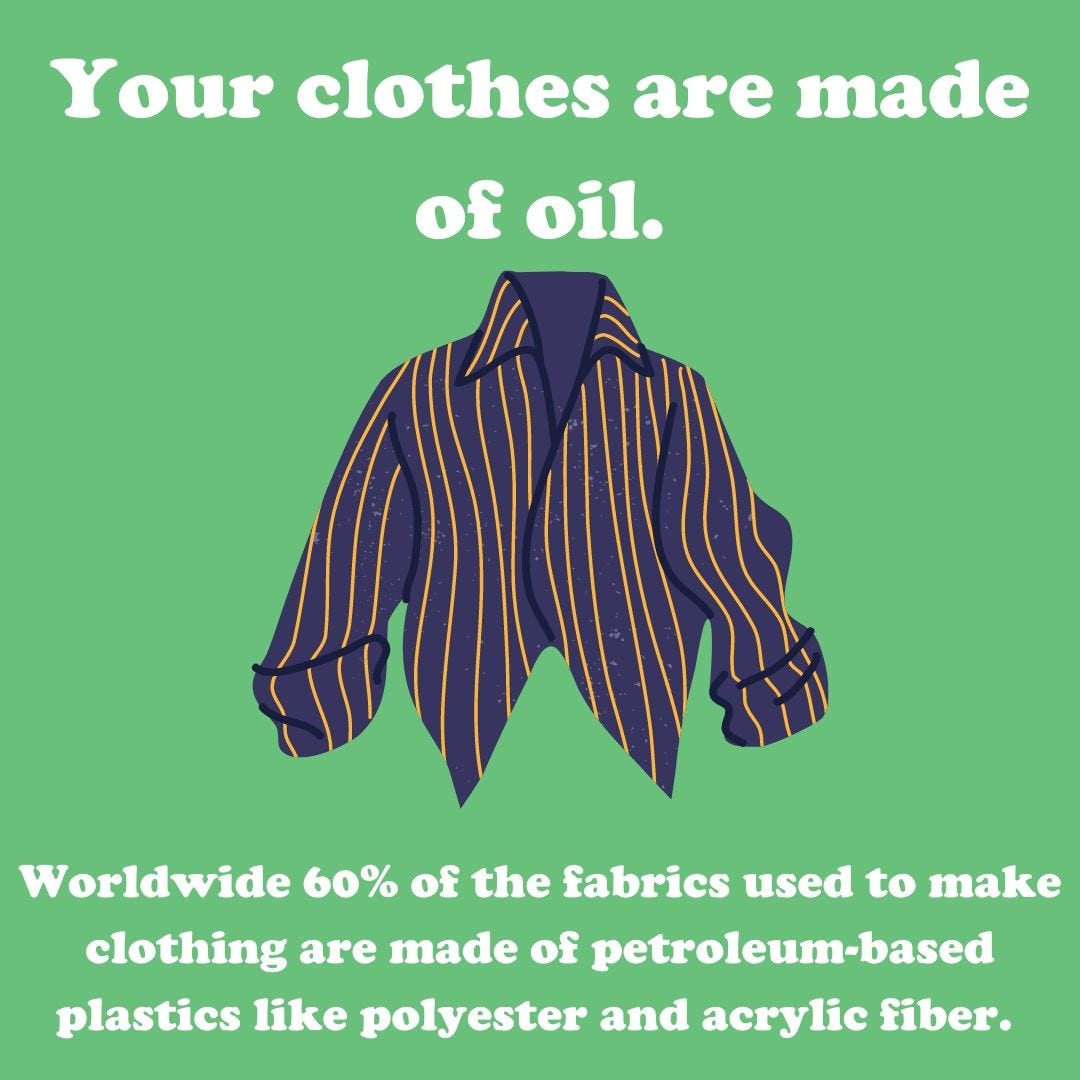
As we’ve been exploring ways to reduce waste at home, harvest rainwater, transform our gardens into native landscapes, and so much more, there are also some more personal ways we can reduce our environmental impact.
Believe it or not, what we choose to wear, where we buy, and how it’s made it has an enormous impact on our water usage, soil health, and fossil fuel emissions! TreePeople’s Youth Leadership Coordinators, Maria Adame and Emi Kusayanagi, recently lead a discussion about the impacts of fast fashion, textile manufacturing, and ways we can shop sustainably. Saving the planet is en vogue!
Here are some eye-opening findings and tips to shop and care for our clothes while helping our environment.
- The recent trend of “fast-fashion” breaks the tradition of releasing new clothing by season and emphasizes new releases in more frequent cycles. This encourages a culture of throwing out perfectly good clothing when it could be donated or recycled.
- Fast-fashion has also fueled an unsustainable supply chain and manufacturing process for the benefit of reducing costs. More than 60% of the world’s clothing is made in developing countries.
- The United States makes 25 billion pounds of post-consumer textile waste per year; this means 82 pounds per person per year! 70 of those pounds ends up in landfills.
- It takes 700 gallons of water to create just one T-shirt! Cotton is a common textile used and is water-intensive. Water is used to irrigate the crop and to dye and bleach it for aesthetic purposes.
- Although polyester is a synthetic fiber, it can also be recycled from water bottles! Producing recycled polyester could reduce air pollution by 85%.
- Actively wearing a garment for just nine more months could diminish enviro impacts by 20–30%! Do consider thrifting, upcycling, and repairing clothes and look for sustainable “slow-fashion” brands.

